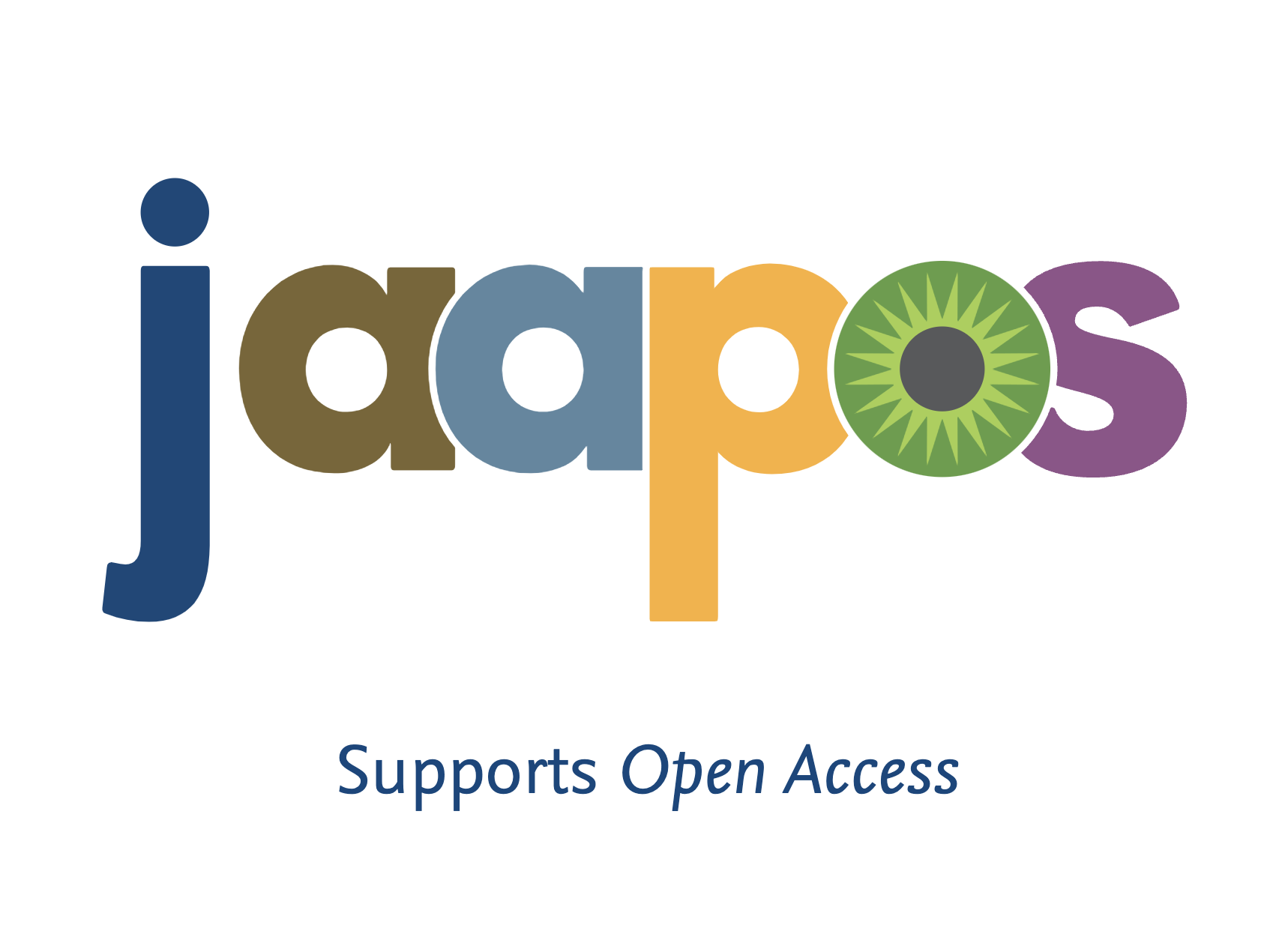Abstract
PURPOSE: To report the incidence of cataract development by 6 months' corrected age in preterm children who participated in the Early Treatment for Retinopathy of Prematurity study.
METHODS: Infants who developed prethreshold retinopathy of prematurity (ROP) in one or both eyes and were determined by the RM-ROP2 model to have a high risk of poor structural outcome without treatment were randomized to receive early treatment (ET), defined as laser photocoagulation at high-risk prethreshold ROP, or to be conventionally managed (CM), receiving treatment only if threshold ROP developed. Data on eyes developing a cataract by 6 months' corrected age were analyzed.
RESULTS: Of 401 randomized infants, 366 survived patients were followed, and 8 eyes of 7 patients (1.9%) developed cataracts by 6 months' corrected age. Among these patients, mean birth weight was 754 g, and mean gestational age was 25.7 weeks. Mean gestational age at treatment was 36.3 weeks for ET patients and 39.5 weeks for CM patients. Three ET eyes and 5 CM eyes developed a cataract. Of the CM eyes, 3 with and 2 without laser treatment developed a cataract. All 6 treated eyes had plus disease when treated. Three eyes had ROP in zone 1, whereas the other 3 had ROP in zone 2. All eyes were treated using a diode laser.
CONCLUSIONS: By 6 months' corrected age, a small number of both ET and CM eyes developed cataracts following diode laser treatment for retinopathy of prematurity. Absence of obvious intraoperative complications does not preclude subsequent cataract development, which can occur without laser treatment.

